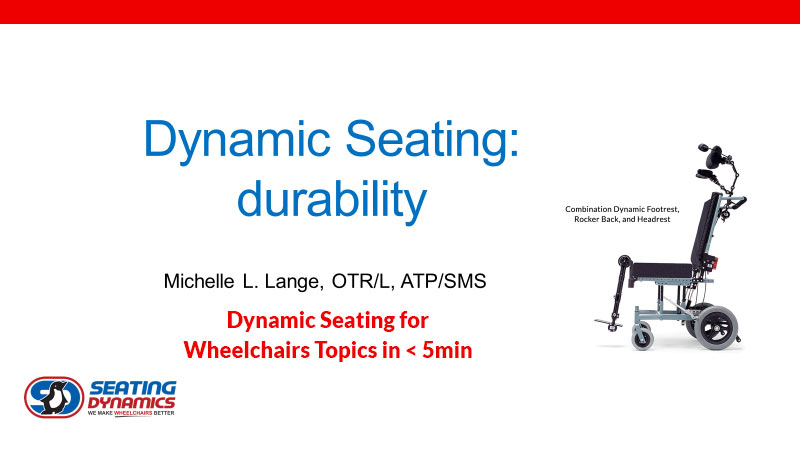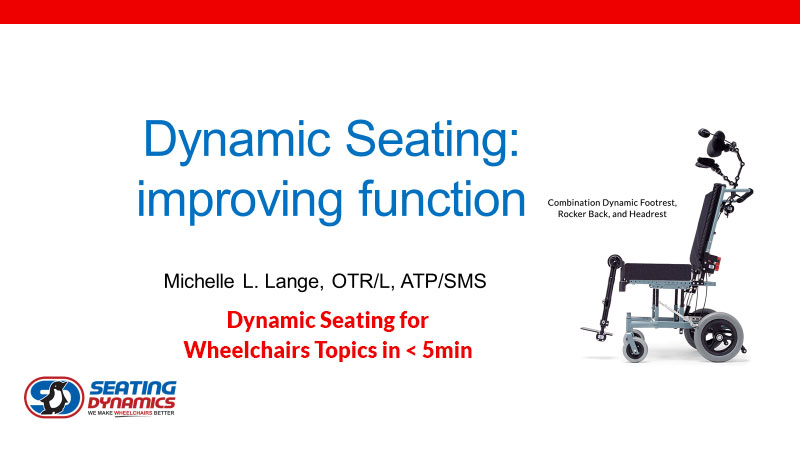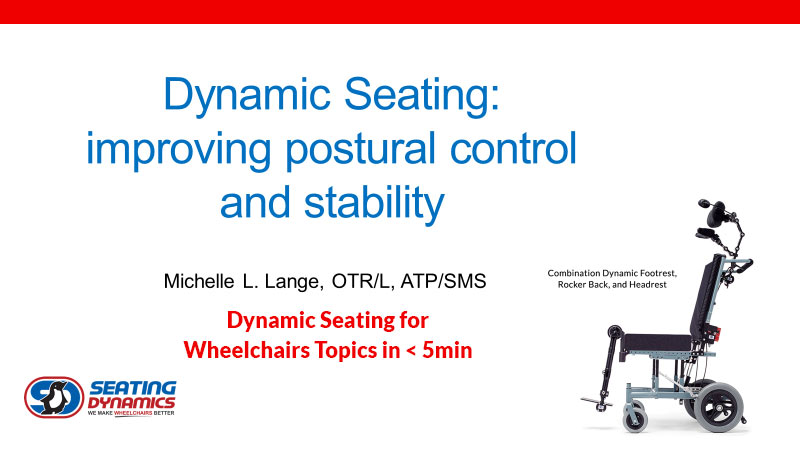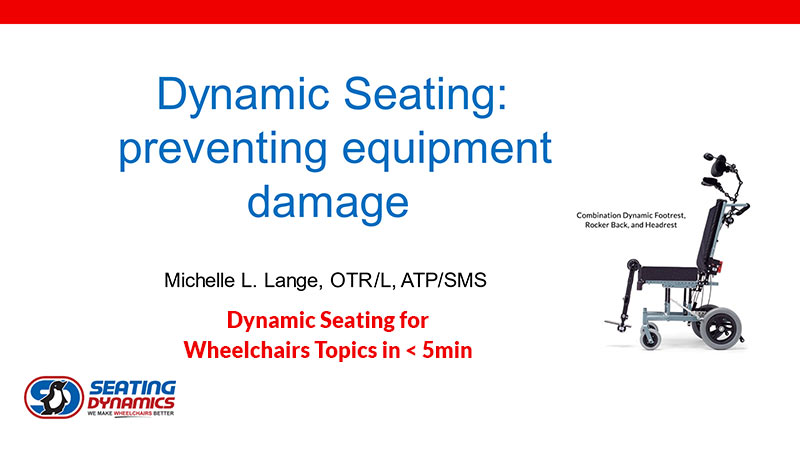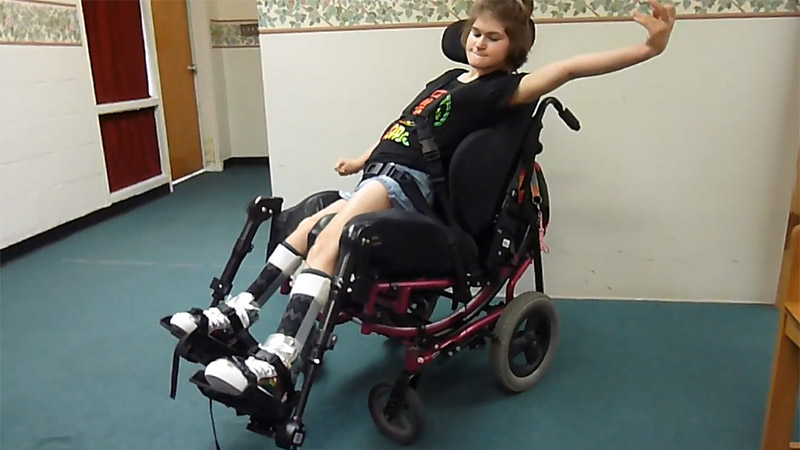Quick Class: Dynamic Seating – Durability
Dynamic Seating is often used to prevent equipment breakage, specifically the wheelchair frame and seating system. The Dynamic components absorb strong, repeated, sudden, and/or sustained forces, hence protecting vulnerable areas of the seating and mobility base. But what about the Dynamic Components themselves? Just how durable are these?
Read MoreTop 10 Dynamic Seating Resources from 2020
From videos to sample letters of justification to blogs, take a look back at 2020 and see what Dynamic Seating resources our community found most helpful this past year.
Read MoreSupplier Interview: Ryan Read, ATP – A Dynamic Journey
Ryan Read grew up in Topeka, KS where his Mom worked with children with special needs. These early experiences had an impact on Ryan who now works as an ATP in wheelchair seating and mobility.
Read MoreQuick Class: Dynamic Seating – Improving Function
Dynamic Seating can improve function, including medical functioning. This Quick Class reviews specifics supported by research.
Read MoreAn Interview with Mala Aaronson, OT, ATP, CRTS
Mala Aaronson, OT is an amazing seating and mobility specialist working for National Seating & Mobility in Natick, MA. Mala took time out of her busy schedule to talk with me about Dynamic Seating.
Read MoreQuick Class: Dynamic Seating – Improving Postural Control and Stability
Dynamic seating provides resistance to movement initiated by the wheelchair user, usually through spring or elastomer type mechanisms or other resistive, but mobile components. Movement against resistance has been demonstrated to increase strength in people with increased muscle tone without an increase in spasticity. Increased muscle strength can, in turn, improve both postural control and functioning.
Read MoreDynamic Stories: an interview with Jordan Joslin
Jordan Joslin is an ATP/SMS, CRTS in Erie, PA who works for National Seating & Mobility. He was kind enough to spend some time with me on the phone recently to discuss his experiences with Dynamic Seating.
Read MoreQuick Class: Dynamic Seating – Allowing Movement
Dynamic Seating moves in response to client forces. Many clients move, not due to increased extensor tone, but rather for the explicit purpose of moving. We all tend to seek out movement. We are wired to move, and movement has so many benefits.
Read MoreQuick Class: Dynamic Seating – Preventing Equipment Damage
The forces from extension on a static wheelchair seat and frame can be so strong as to cause damage to equipment. Hardware used to mount the seating system and components (such as a head support), are particularly susceptible to damage.
Read MoreDystonia and Dynamic Seating
Many clients with increased muscle tone also display dystonia. Dystonia is “characterized by involuntary, patterned, sustained, or repetitive contractions of opposing muscles, resulting in abnormal twisting body movements and abnormal postures”.
Read More
